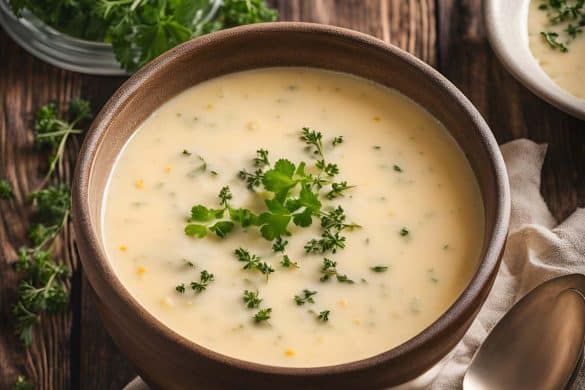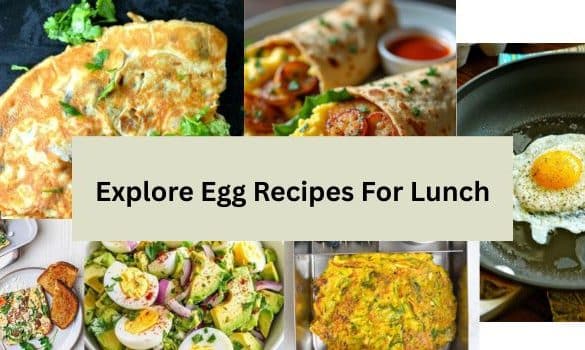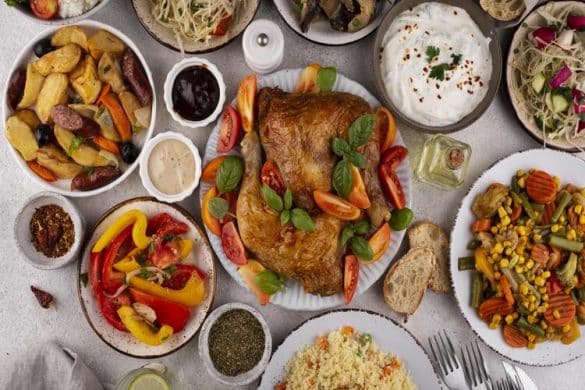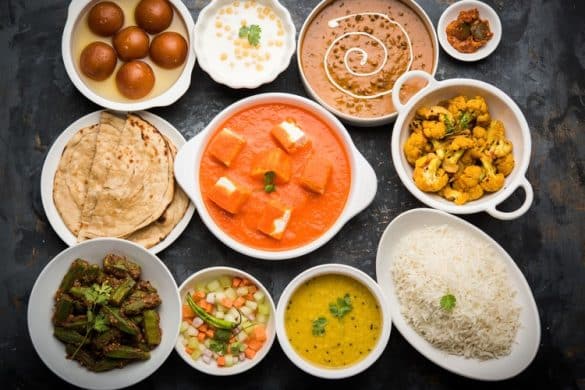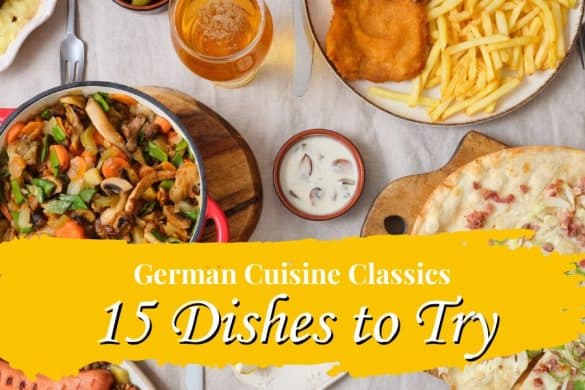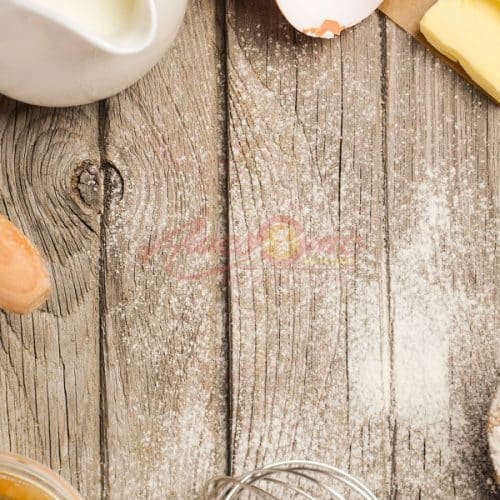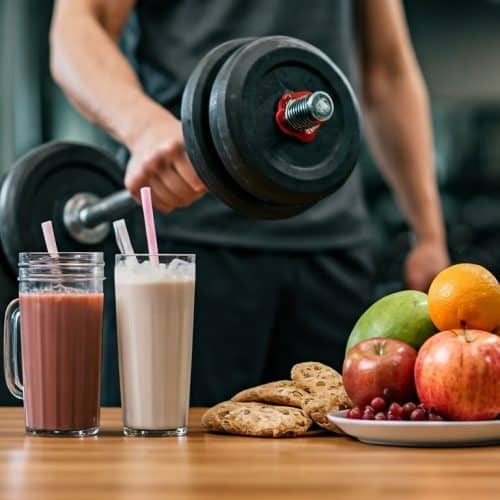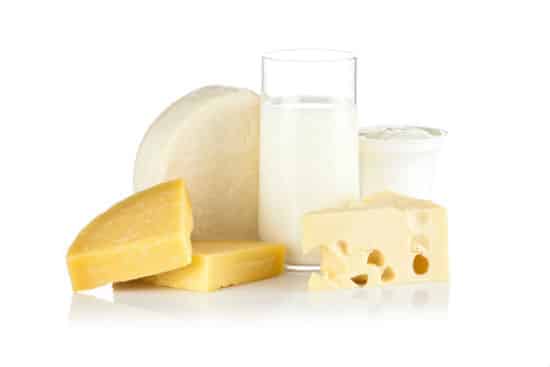Imagine a warm summer evening in Spain. There’s laughter and chatter around the table as glasses clink in a toast while a large paella pan sits centre stage, filled to the brim with a vibrant mix of rice, meat, seafood, and aromatic seasonings.
Paella is a symbol of Spanish gastronomy savoured by both locals and travellers alike. A classic rice dish hailing from the Valencia region, it encapsulates the essence of Spanish cuisine with its rich flavours, hearty ingredients, and celebratory communal eating nature. It combines staple elements like saffron, olive oil, an array of seasonally fresh produce, a variety of proteins, and high-quality rice cultivated in the fertile rice fields of the Mediterranean coast.
In this blog, we will journey through the delightful world of Paella, from its history and origins to cooking techniques and popular variations.
What Is The History and Origins of Paella?
The story of Paella starts with rice, central to the diet and economy of Valencia since the Moors introduced rice cultivation in Al-Andalus around the 10th century. Till today, the rustic beauty of the local rice fields curve around Spain’s eastern coastline under the Mediterranean sun.
Possible Origins
To truly appreciate the beauty of Paella, it’s essential to dive a bit deeper into its welcoming shores. The likelihood of the origins of Paella goes far back to the time when the Moors began to cultivate rice in Al-Andalus around the 10th century. In those times, locals would gather to enjoy rice dishes made with a variety of ingredients from nearby lands.
The dish that became Paella likely began as a simple pot of rice, fish, and spices shared during family feasts and religious gatherings, embedding rice in the Spanish tradition. According to legend, workers later cooked it outdoors in flat pans over wood fires, using ingredients like poultry, rabbits, or snails for a distinctive smoky flavour.
Here’s a quick rundown of the origins of Paella:
| Event | Description |
| Rice Cultivation | Muslims in Al-Andalus initiated this in the 10th century. |
| First Paellas | Comprised casseroles of rice, fish, and spices cooked for gatherings. |
| Modern Form | Developed in the mid-19th century in areas around Valencia. |
Paella Valenciana
Born in the fields of Valencia, Paella Valenciana is hailed as the ancestor of all Paella and, arguably, the most authentic form of this beloved dish in Spain. This rendition reflects the agricultural riches of Valencia, using staples like chicken, rabbit, saffron, and two unique types of beans – green and white.
Valencia’s prized olive oil and short-grain rice are key to paella, with the rice absorbing rich flavours for a creamy finish. Traditionally cooked over a wood fire, it gains a smoky depth. The slow cooking process transforms simple ingredients into a flavorful tribute to its origins.
What Are The Ingredients Used in Traditional Paella Valenciana?
The heartening harmony of Paella Valenciana comes from a carefully curated collection of ingredients that respect Valencian tradition while celebrating its local produce. The list running the course of authentic Paella Valenciana sings the song of modest peasant cuisine turned national treasure:
- Short-grain rice: Bomba rice is preferred, though senia can also be used.
- Meat: A mix of chicken and rabbit.
- green beans: Flat, wide green beans for a local touch.
- White Beans: Known as Garrofon.
- Olive Oil: Essential for sautéing and releasing flavour.
- Saffron: Gifted by the Arabs, it turns customary rice into a work of art, giving it a beautiful yellow colour.
- Water: For the perfect amount of broth absorption.
What Are The Types of Paella?
While Paella Valenciana embodies authenticity, the beauty of Paella lies in its flexible nature, resulting in various regional adaptations that cater to different palates, preferences, and ingredients available regionally. The most popular among these are Seafood Paella, Vegetarian Paella and Paella Mixta or mixed Paella. Let’s discuss them in detail in the following sections.
1. Seafood Paella
With Spain’s extensive coastline offering a bounty of fresh seafood, it’s no wonder Seafood Paella is a favourite variation. Widespread in coastal areas, it captures the essence of the Spanish seaside in a pot.
One can find varied seafood as stars of the dish; calamari, clams, and shrimps are mere examples. Swapping the meats for seafood and omitting the beans and green vegetables, the style of Seafood Paella allows different types of seafood to shine through against the backdrop of saffron-infused rice. Each bite is like diving straight into the Mediterranean waters, making it a beloved choice for those longing for a taste of the sea.
2. Vegetarian Paella
A homage to the bountiful vegetables of Spain, Vegetarian Paella keeps the soul of Paella intact while spinning a delightful vegetarian tale. Adapting to the growing preference for plant-based diets, Vegetarian Paella provides vibrant colours, textures, and flavours.
Common ingredients range from bell peppers, artichokes, and mushrooms to peas, beans, and ripe tomatoes. Cooked in olive oil with a soothing burst of saffron alongside short-grain rice, this meat-free rendition guarantees to tantalise your taste buds. It holds to the saying “simple is best”, proving that the magic of joyful Spanish cuisine can be woven together beautifully with just vegetables at its heart.
3. Paella Mixta (Mixed Paella)
Paella Mixta, as the name suggests, is a harmonious blend of the best of both worlds — meat and seafood. It’s a popular choice for those who crave variety and love to savour different flavours in a single bite.
Translating to ‘mixed’, Paella Mixta celebrates diversity by combining seafood like shrimp and mussels, meat from chicken or rabbit, and assortments of colourful vegetables mingling with saffron-infused rice. Each spoonful delivers varied textures and tastes, making it a favourite among adventurous food enthusiasts. However, it’s essential to remember the golden rule — maintain respect for traditional cookery methods to achieve the unmatched depth of flavour that is characteristic of Spanish paella.
What Is The Art of Cooking Paella?
Cooking Paella is as much art as it is science. It involves sourcing the right ingredients, honouring the traditional cooking methods, achieving the iconic yellow colour from saffron, cultivating the perfect socarrat at the bottom of the pan, and presenting it in all its glory. Let’s quickly check out the basic cooking methods for Paella in the next section.
Basic Cooking Methods
Paella is traditionally prepared in a paella pan over an open wood fire, infusing the dish with a delectably smoky flavour unique to Paella. The rice, the superstar of the dish, is meticulously cooked, absorbing flavours from the other ingredients, thus dictating the quality of the final output. It’s strongly advised against stirring the rice during cooking – this gives birth to the crispy crust or socarrat at the bottom, adding depth to the flavours.
The cooking process follows set steps, from building the base flavours to nestling the proteins and allowing everything to blend. Here’s a simplified breakdown:
| Step | Description |
| Building the base | Saute onions, garlic, tomatoes, and bell peppers in olive oil. |
| Adding spices | Incorporating saffron, salt, and pepper to add depth. |
| Introducing proteins | Add in chosen meats or seafood. |
| The starring rice | Add rice and stir gently to coat each grain in the concoction. |
| Liquidation | Pour in the chicken broth. |
| Setting and cooking | Allow the dish to simmer and cook till most of the liquid is absorbed. |
For a truly authentic Paella experience, eat directly from the pan to get a bit of everything, including the socarrat.
What Are Some Tips and Tricks for Perfect Paella?
Creating a mouthwatering pot of Paella may seem demanding, but the magic lies in little tips and tricks that have proven successful over centuries:
- Always use the right rice — Bomba or Calasparra for a non-mushy consistency.
- Treat saffron with reverence since it gives Paella its distinctive yellow hue.
- Invest in a decent paella pan to get an even cooking surface.
- Cook Paella uncovered for proper evaporation, contributing to the bottom layer’s much-desired crisping.
- Refrain from stirring rice once it starts boiling to achieve the perfect socarrat.
- Ensure the seafood is fresh – it shouldn’t carry a strong, fishy odour.
- Resist the urge to rush – take time to enjoy the cooking process.
Which Beverages and Side Dishes to Pair with Paella?
Like a beautiful painting is enhanced by a fitting frame, pairing your Paella with suitable beverages and side dishes can elevate the dining experience. Let’s discuss this in more detail in the following section.
Beverage Pairings
Accompanying Paella with the right beverage is an art in itself. Since Paella is a medley of robust flavours, the ideal match would be something that can hold its own without overpowering the dish. A well-chilled Spanish white wine, like Verdejo or Albariño, can offer a refreshing counterpoint to Paella’s savoury notes. If you prefer reds, look for something fruity and not overly tannic, like a young Rioja or Garnacha. For a genuinely Spanish touch, a glass of Sangria or a chilled sherry can work wonders in enhancing the gastronomic pleasure of savouring Paella.
Complimentary Side Dishes
Given the hearty nature of Paella, it’s best paired with simple side dishes that highlight the star attraction. A fresh, tangy tomato salad dressed with olive oil, garlic, and fresh parsley adds a refreshing palate cleanser between bites of Paella. Likewise, a simple serving of marinated olives, boasting an outstanding balance of salty, bitter, and tangy, works wonderfully as an accompaniment. You can also serve it with slices of crusty bread, perfect for scooping up every last grain of the delicious saffron-infused rice. Remember, the goal is to complement the Paella, not compete with it!
What Are The Different Paella Festivals and Events in Spain?

Festive paella festival in Spain
Just as Paella is woven into the culinary fabric of Spain, it is celebrated in its festivals and events that add a dash of flamboyant Spanish flair:
- International Paella Contest: Held annually since 1961 in the village of Sueca near Valencia, touted as the global epicentre of Paella.
- Wine and Paella Festival: A sumptuous affair in Cullera, where vineyards offer generous wine tastings paired with Paella.
- Paella Cooking Festival: An exciting event in Madrid, it challenges participants to cook their version of Paella over a wood fire.
These celebrations attract native Spaniards and tourists alike — all drawn to share in the experience of savouring Paella against a backdrop of Spanish tradition and joy.
Conclusion
The tale of the best Paella is woven from threads of tradition, regional pride, and cultural identity that bind Spain together. From its humble origins as a field worker’s meal to achieving global fame, Paella is more than just a rice dish. It’s a testament to Spain’s rich history and diverse culinary landscape that it can draw people to gather around a table, fostering shared experiences and building relationships.
Regardless of the variation you prefer — be it the authentic Paella Valenciana, the coastal favourite Seafood Paella, the vibrant Vegetarian Paella, or the all-embracing Paella Mixta — each allows you a glimpse into the soul of Spanish cuisine. So, let’s honour those roots and keep the tradition of Paella alive, one pan at a time.
Frequently Asked Questions
What makes a paella a paella?
A Paella becomes Paella when it combines the essential elements: the use of Bomb rice or Calasparra, saffron threads, specific proteins, the unique round and shallow cooking pan and the gracious development of the much-desired crispy and flavorful crust at the bottom, known as the socarrat.
What is the most traditional type of paella?
The most traditional type of Paella is Paella Valenciana. Originating from Valencia, this style strictly adheres to time-honoured ingredients like short-grain Bomba or Calasparra rice, chicken, rabbit, green beans, white beans, olive oil, and saffron, all cooked over a wood fire.
How do I choose the right paella pan?
The critical factor when choosing a paella pan is its size — it should suit the number of servings you aim for. Ideally, pick a pan that allows the rice to spread out in a thin layer, ensuring it cooks evenly and facilitates the formation of a perfect socarrat.
Can I make paella at home?
Absolutely! Even though Paella is traditionally cooked over a wood fire in a paella pan, you can easily home cook it in your kitchen using a regular large skillet. Gathering quality ingredients and adhering to traditional methods lets you recreate a delightful Paella at home.
Is paella gluten-free?
Yes, Paella is essentially gluten-free as its main ingredients — rice, meats, seafood, and vegetables don’t contain gluten. However, it’s always recommended to check the labels of any additional spices or broths used to ensure no hidden gluten makes its way into your Paella.

